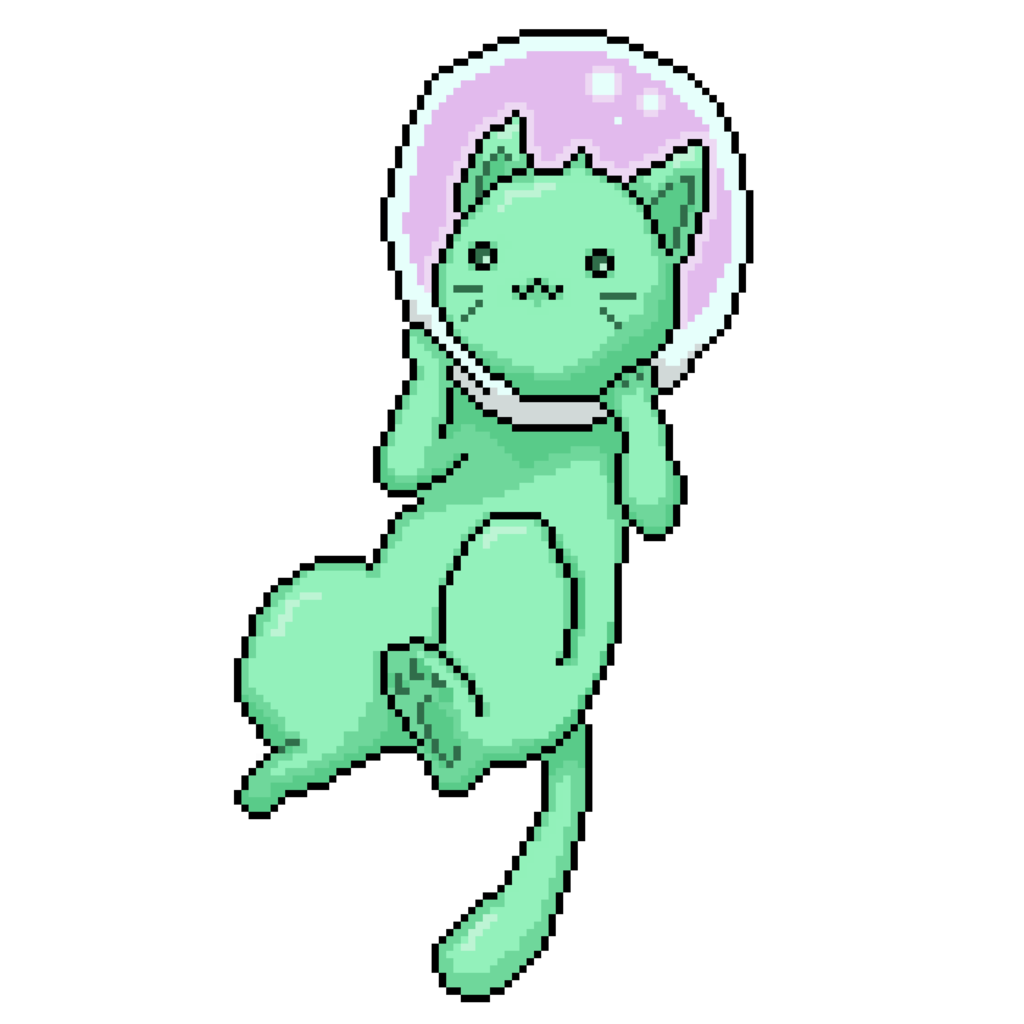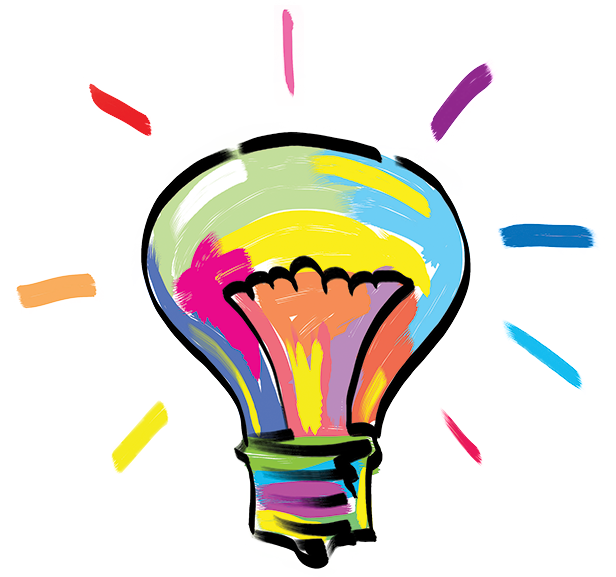Encourage students to engage with modern contemporary art by developing a performance art piece that combines elements like dance, theater, and spoken word. This type of project serves as a profound medium for expression and is particularly engaging for students interested in the performing arts. Performance art, a vital component of modern contemporary movements, allows students to explore and comment on social, political, and personal themes through a live, dynamic medium. This fusion of various art forms enables students to experiment with narrative structures, movement, and the impact of voice in a shared space, often pushing the boundaries of traditional performance. By incorporating interdisciplinary elements such as mathematics, students could use tools like a quadform calculator to integrate complex patterns or sequences into their performances, thereby blending the precision of math with the fluidity of art to create thought-provoking and innovative expressions.
By creating pieces that can be interpreted on multiple levels, students learn to communicate complex ideas in accessible ways. This experience not only enriches their understanding of contemporary art but also enhances their skills in collaboration, planning, and execution, making their work relevant in the context of modern artistic expressions. For those interested in integrating different disciplines, using tools like an irrational quadratic formula calculator https://calculatorprofessional.com/quadratic-formula-calculator can add an intriguing mathematical dimension to their artistic concepts, exploring the intersection of art and science.

1. Mixed Media Portraits
Mixed Media Portraits are a dynamic and engaging project that encourages students to combine various materials such as magazine clippings, fabric, recycled items, and traditional paints to create unique portraits. This project helps students explore texture and composition while expressing their identity or representing figures they admire. It pushes them to think outside the traditional boundaries of portraiture, merging unconventional materials to produce pieces that tell a story or convey a message.
By working with mixed media, students learn to adapt and innovate, utilizing whatever resources are available to express their artistic visions. This project also allows them to delve into the principles of design, such as balance, contrast, and emphasis, giving them a comprehensive understanding of artistic composition. Additionally, it fosters a deeper connection to art by linking it to personal identity and self-expression, making it a profound experience for young artists. Integrating tools like a quadform calculator can further enhance their understanding of geometric and spatial relationships within their artwork, allowing them to experiment with patterns and structures that challenge conventional artistic norms and blend mathematical concepts with creative design.
2. Eco-Art Installations
Eco-Art Installations challenge students to create art installations using only recycled or natural materials. This project promotes environmental awareness and sustainability, pushing students to think about art’s impact on the world. It encourages them to consider how art can be both a reflection of and a response to environmental issues. By using materials that are typically discarded, students learn to see value in the overlooked and understand the principles of reuse and recycling. The installations can be displayed around the school or in the community to engage a wider audience, sparking conversations about sustainability and the role of art in social change.
This visibility not only celebrates the students’ creativity but also raises community awareness about environmental conservation. Additionally, it provides a platform for students to collaborate and share ideas, enhancing their teamwork skills and fostering a sense of community involvement. Through these eco-art projects, students gain a hands-on understanding of how art intersects with environmental activism and community engagement.
3. Digital Art and Animation
Digital Art and Animation are innovative art project ideas for high school students, introducing them to digital tools and software for art creation. Projects can range from digital painting to basic animations, providing a platform for students to merge technology with traditional art forms. This integration not only diversifies their skill set but also prepares them for modern career paths in art and design. By exploring digital mediums, students can experiment with a vast array of techniques and styles, from vector graphics to 3D modeling, enhancing their artistic flexibility and technical skills.
These projects allow students to create dynamic artworks that can be easily shared and modified, highlighting the fluid nature of digital media. Additionally, learning to use professional-grade software equips students with valuable skills that are highly relevant in today’s digital-centric world. This experience opens up new possibilities for creative expression and career opportunities in industries ranging from gaming to film and beyond. Incorporating tools like a quadratic formula calculator can add an educational twist, enabling students to explore the mathematical aspects of design, such as creating patterns or animations that adhere to specific mathematical principles. This integration can deepen their understanding of the relationship between technology, mathematics, and artistic creativity.

4. Cultural Art Study
Cultural Art Study is a compelling project that can align with art scholarships for high school students by fostering a deep understanding of diverse cultures through artistic exploration. Assign students to research a particular culture and create artwork inspired by that culture’s art forms, techniques, and history. This project enhances global awareness and appreciation for cultural diversity through the creative process. Students delve into different artistic traditions, learning about the materials, methods, and meanings behind various cultural artifacts. This not only broadens their artistic perspectives but also encourages a respectful engagement with cultures different from their own.
Such projects can significantly enhance a student’s portfolio, showcasing their ability to integrate cultural research with creative expression—a valuable skill for scholarship applications. Engaging deeply with another culture’s art can inspire unique artwork that stands out in competitions and exhibitions, potentially opening doors to educational opportunities and scholarships in the arts.

5. Public Art Campaign
The Public Art Campaign project is an excellent opportunity for high school students to participate in art competitions, allowing them to use their artistic voice to influence and inform their community. Organize a campaign where students design and produce artwork addressing social issues important to them. Whether through murals, posters, or interactive art, this project not only empowers students but also gives them a platform to engage with public audiences. Participating in such a campaign can enhance their visibility and experience in real-world settings, making their work a candidate for various art competitions for high school students.
These competitions often look for artworks that convey powerful messages and demonstrate creativity and skill. By creating public art, students learn to express their views on social issues effectively, potentially leading to recognition in competitions and providing them with invaluable exposure to the broader art community. Additionally, these projects encourage civic engagement and foster a sense of responsibility among young artists. Integrating a quadratic formula calculator into their creative process can add a unique dimension to their artwork, allowing them to incorporate precise mathematical elements into their designs. This can challenge them to think critically about the structure and form of their art, enhancing both the intellectual and visual impact of their pieces, and making their submissions stand out in competitions.
6. Artistic Bookmaking
Artistic Bookmaking is a unique and engaging art project for high school students, blending the crafts of writing and visual arts. Invite students to create their hand-bound books, combining text and visuals to tell a story or explore a theme. This project can include poetry, short stories, or visual narratives, allowing students to express their creativity in multifaceted ways.
The process of making the book from scratch not only teaches valuable skills in design and binding but also instills a sense of accomplishment as students craft a tangible product they can cherish. This hands-on experience is excellent for learning about the physical aspects of book construction—choosing papers, typesetting, sewing pages, and creating covers—all skills that enhance their artistic repertoire. Moreover, these personalized books can be wonderful portfolio pieces for students aiming to showcase their work in galleries, school exhibitions, or art project competitions for high school students, demonstrating their ability to merge textual and visual elements effectively.
7. Photography with a Twist
Photography with a Twist is an imaginative project that aligns with the creative ethos of “AnthonyPhilipFineArt,” challenging students to explore photography under unique constraints. Encourage students to capture photographs using unusual perspectives, focusing on macro imagery, or employing experimental techniques like light painting. This project pushes students to see the world through a different lens and develop their photographic skills. By setting specific constraints, students are urged to think creatively and technically, adapting their methods to meet the challenge. Such constraints can include using only natural light, creating images with a fixed focal length, or photographing subjects from non-traditional angles.

8. Performance Art Piece
Encourage students to engage with modern contemporary art by developing a performance art piece that combines elements like dance, theater, and spoken word. This type of project serves as a profound medium for expression and is particularly engaging for students interested in the performing arts. Performance art, a vital component of modern contemporary movements, allows students to explore and comment on social, political, and personal themes through a live, dynamic medium.
This fusion of various art forms enables students to experiment with narrative structures, movement, and the impact of voice in a shared space, often pushing the boundaries of traditional performance. By creating pieces that can be interpreted on multiple levels, students learn to communicate complex ideas in accessible ways. This experience not only enriches their understanding of contemporary art but also enhances their skills in collaboration, planning, and execution, making their work relevant in the context of modern artistic expressions. Incorporating a quadratic formula calculator into the creative process could further enhance their understanding of the relationships between mathematics and art. This tool could help students apply precise mathematical concepts to their performance designs, adding a layer of complexity and depth that challenges both the creator and the audience to engage with art in innovative ways.
Conclusion
Art projects in high school should challenge students to think creatively and critically, pushing the boundaries of traditional education. By incorporating a variety of mediums and themes, these projects can cater to diverse interests and talents, making art education a transformative experience.